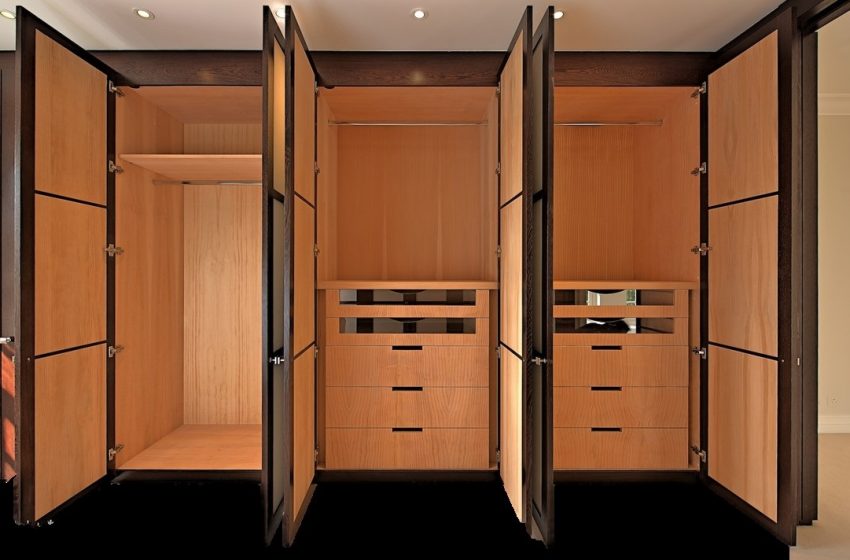What are the Basic Components of a Wardrobe?

The wardrobe and closet are similar to each other but with the small difference such as closets are built into the wall whereas wardrobes are external. Often wardrobe is also called as an armoire and popularly installed in he bedroom as well as in any other space to store cloth. Depending on the wardrobe design, you can also store other materials such as linens, shoes, towels, coats etc. in the wardrobe. The wardrobe components are simple with drawers, doors, and open shelves. The primary and important aspect of a wardrobe is its dimension which completely depends upon the designer or builder. However, almost every wardrobe comes with 24 inches deep but there are also less-depth wardrobes such as 18 inches or 12 inches. The height of a wardrobe depends on the choice of application but the ideal standard of the height of a wardrobe should not exceed 72 inches. Similarly, the width of a wardrobe varies between 24 inches to 96 inches.
Eventually, there are no ideal or standard measurements for wardrobes and are normally built as per the preference and requirement of the users. The doors, drawers, and hanging spaces are determined once the dimension of the wardrobe is established. Generally, the wardrobe is considered as freestanding which means the wardrobes support their own weight. However, the wardrobes are also fitted onto the walls using screws. The wardrobes usually have two end jambs, ultimately divided either in the middle or as per the requirement. The best material to make a wardrobe is 3-quarter-inch hardwood plywood which is stronger as well as gives good finishing and with a nice look. Many designers also use ¾ inch medium density laminate to make wardrobes. If you use ¾ inch medium density laminate to make your wardrobe, you need not finish it because it has a slick plastic coating.
The wardrobe cabinets can hold everything in your bedroom if you design it properly. Most wardrobes are designed into three spaces either with different widths or equal widths. However, one side of the wardrobes is kept long and undivided in order to hand clothes. The middle section of the wardrobe usually contains drawers, but this is again optional. At the bottom section of the wardrobe, adjustable shelves are added below the space for hanging clothes. The adjustable shelves are kept for storing shoes other such materials. However, this design of a wardrobe is only for an ideal wardrobe but not necessarily a law or rule of making a wardrobe. You can create any design of a wardrobe as per your requirement and preference.